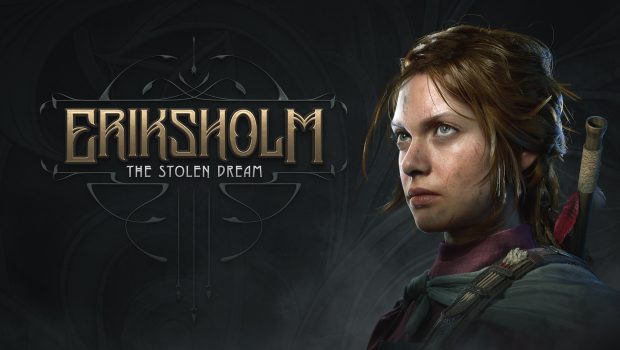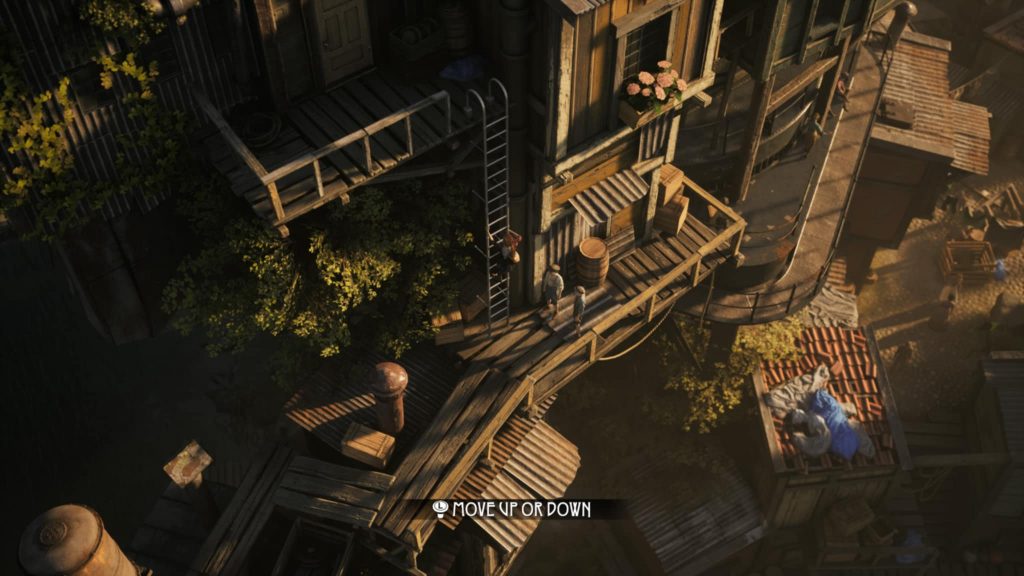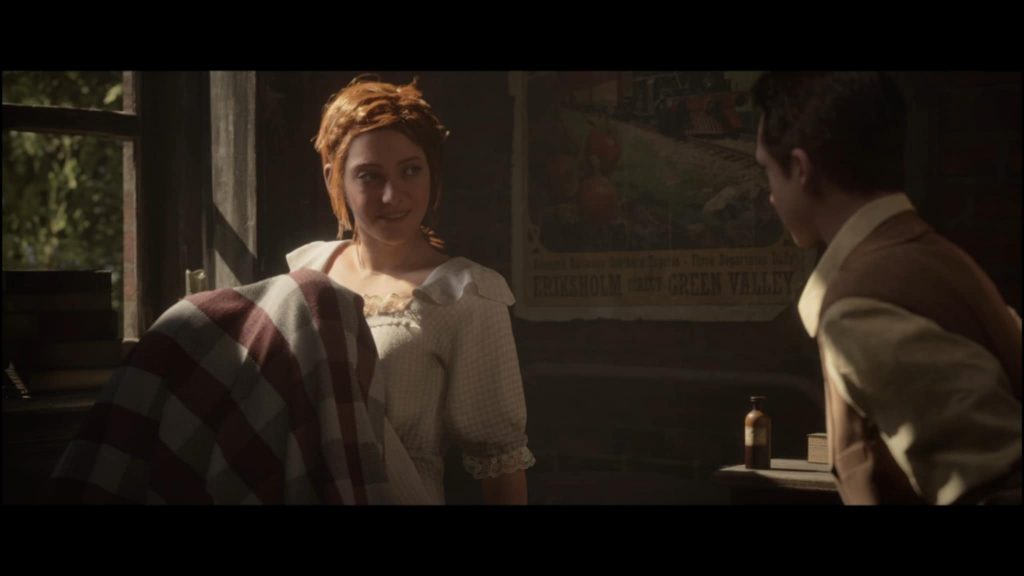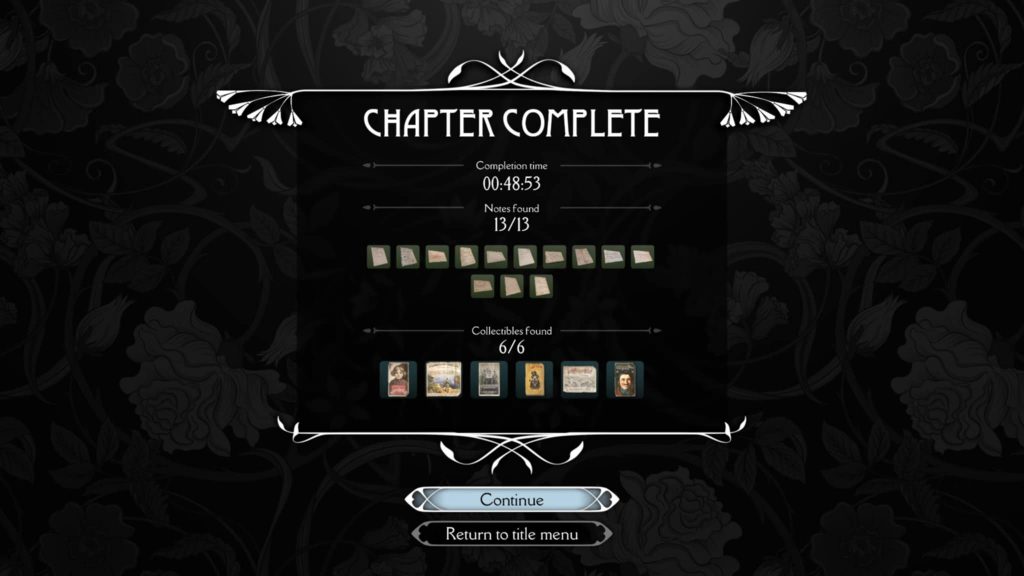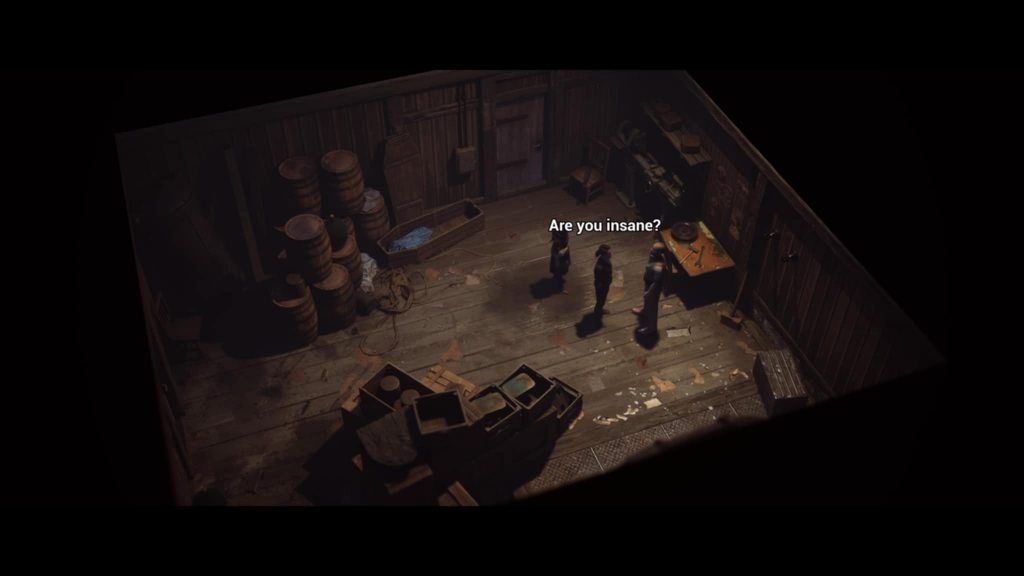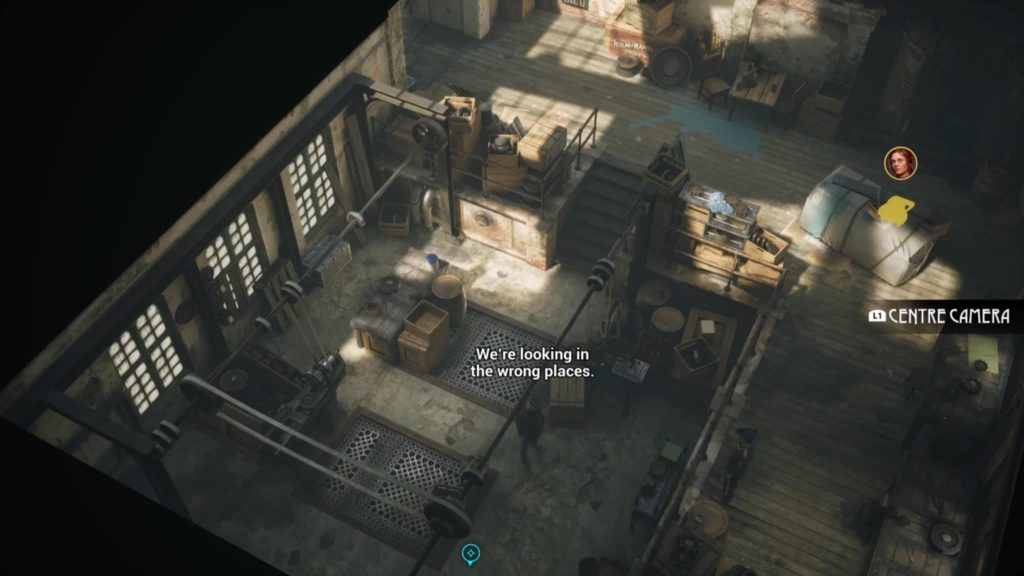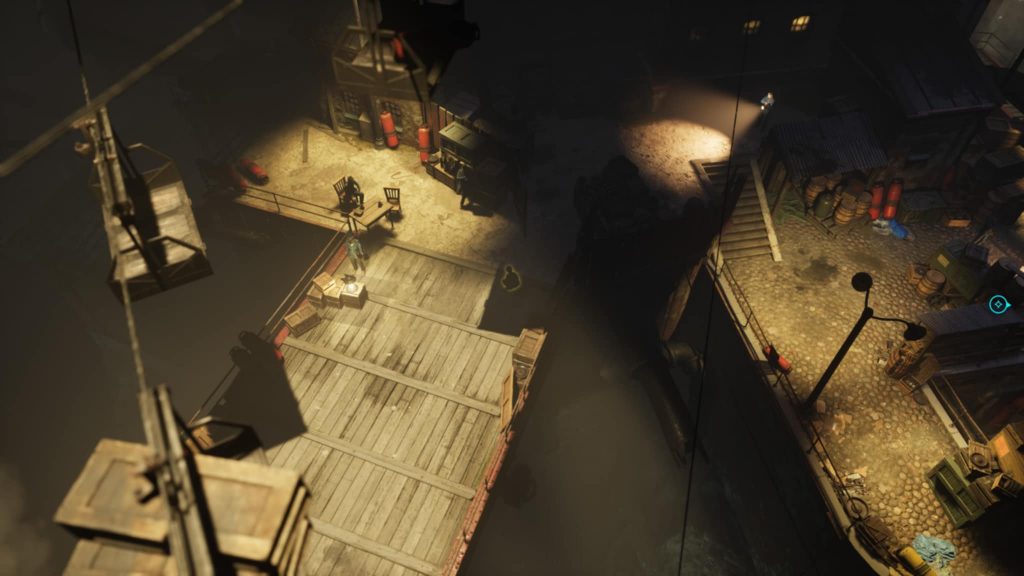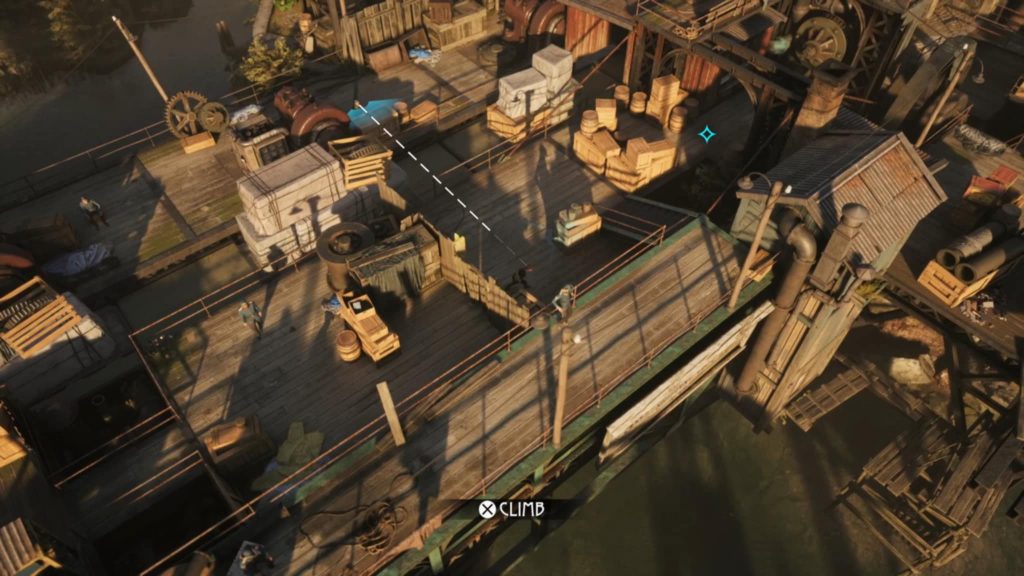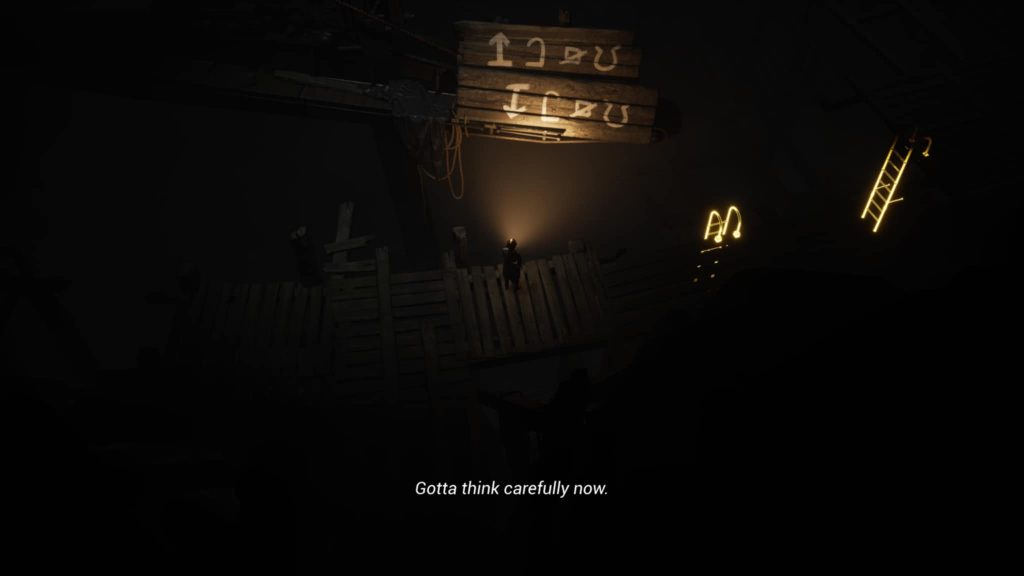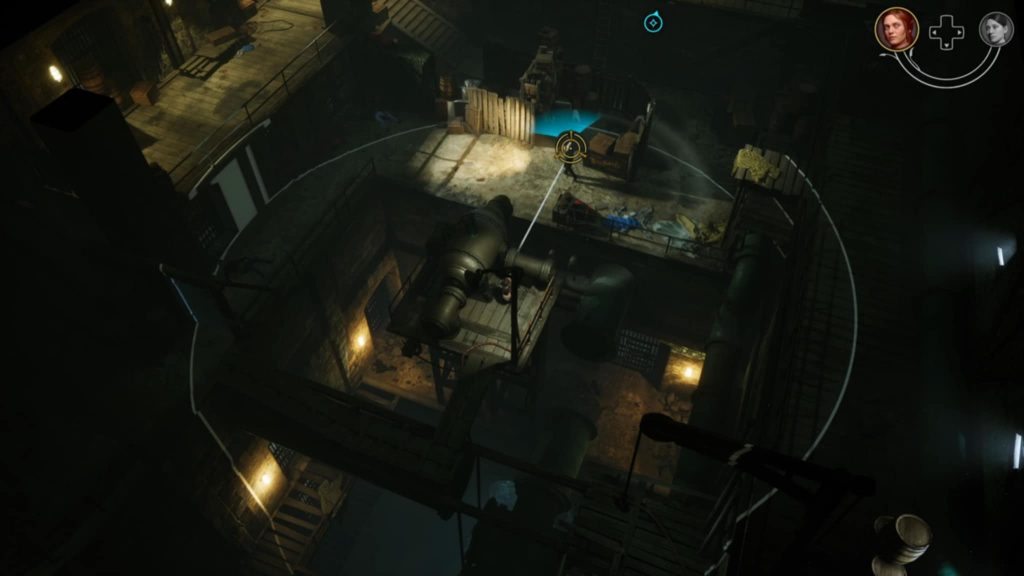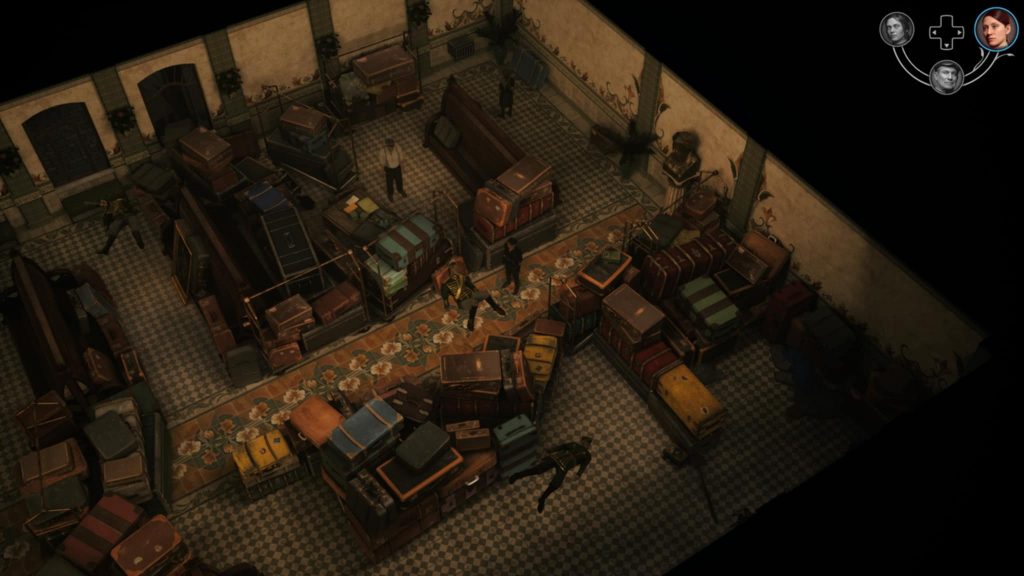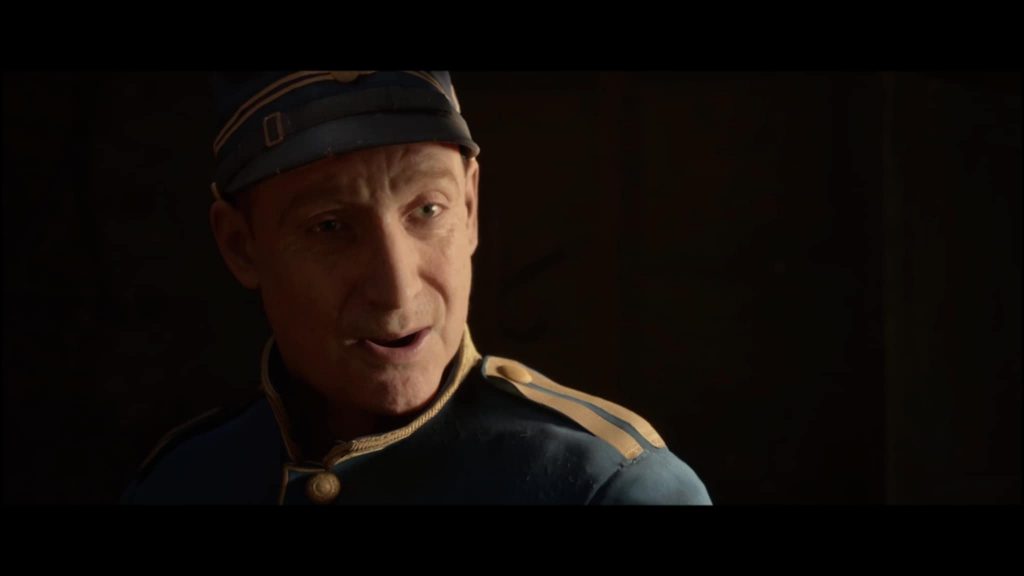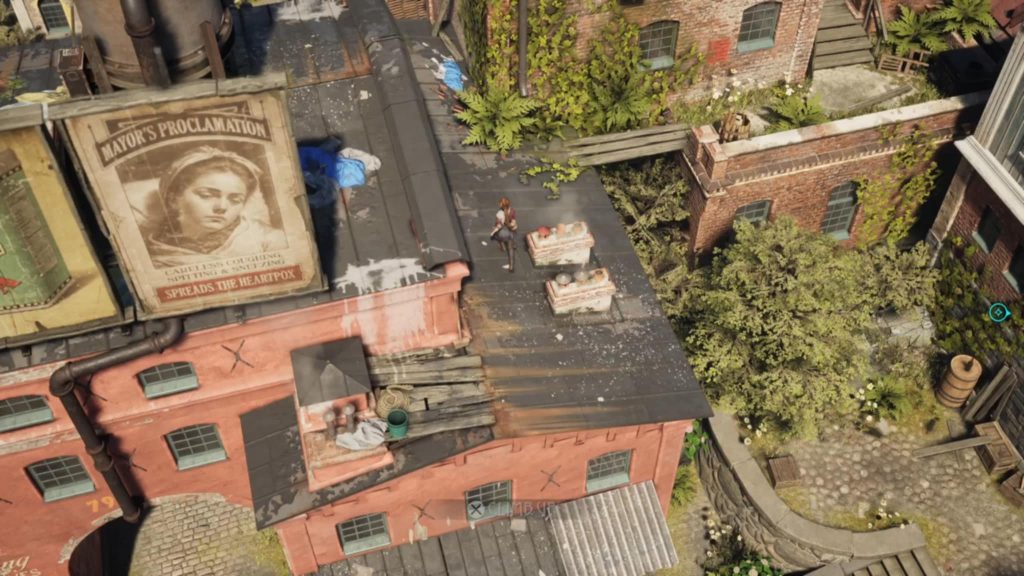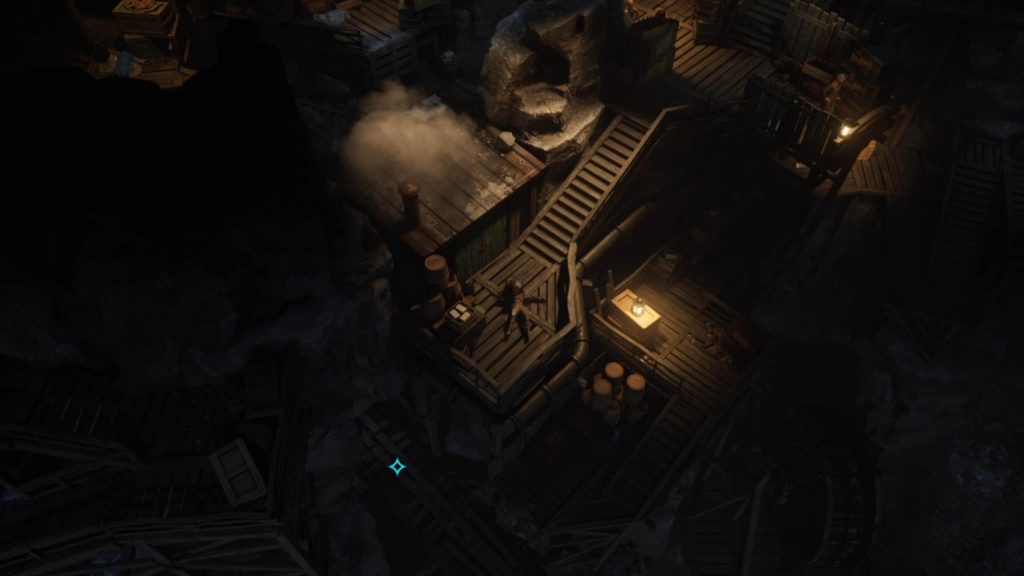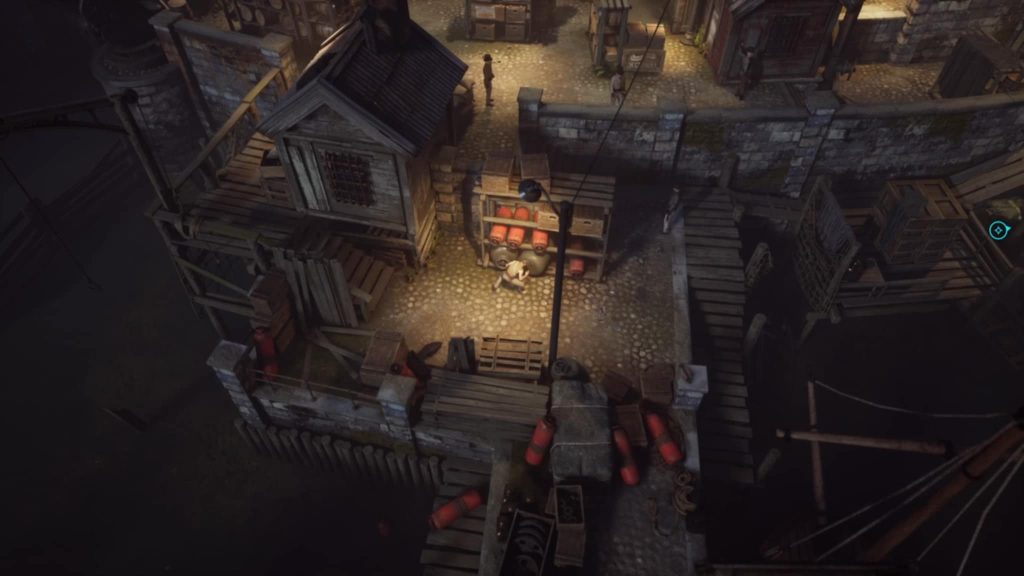Eriksholm: The Stolen Dream Review (PS5)
Summary: Eriksholm is a visually stunning, narrative-driven stealth game that impresses with its atmospheric world, expressive animations, and grounded mechanics. While the story and level design occasionally lack depth, the game excels in immersion, strategic gameplay, and voice acting, particularly through its lead character Hanna. Despite some technical hiccups and a relatively short runtime, Eriksholm stands out as one of the most memorable and promising games of the year.
4.5
Veiled Visions
Eriksholm: The Stolen Dream, developed by River End Games, published by Nordcurrent Labs, and released on July 15th, 2025 is one of the most visually arresting and mechanically unique stealth games of the year. Set in a fictional Scandinavian city during a time of sociopolitical decay and technological disruption, the game tells a quiet yet affecting story of familial bonds, mystery, and survival in a world cracking under the weight of disease and class unrest. At first glance, Eriksholm might appear to be another stylistic indie narrative adventure, but what lies beneath its stunning facade is a focused and richly layered stealth strategy experience with a sharp sense of direction and atmosphere. Despite a few technical hiccups and a sense that the game leaves some of its own potential on the table, it’s an experience that’s hard to forget that sees you creeping through alleyways, listening to muffled conversations, and trying to outwit an increasingly unpredictable world.
At the heart of Eriksholm is the story of Hanna, a charismatic and sharp-witted young woman whose life is thrown into disarray when her brother Herman disappears under mysterious circumstances. As rumors and accusations mount, Hanna becomes a fugitive in her own city, setting off a chain of events that soon unravel a deeper web of political corruption, disease, and class warfare. Collectibles scattered throughout the city like fliers, letters, propaganda, and old newspaper clippings offer bits of flavor text and world-building that enrich the setting and provide optional context. These are all cataloged neatly in your inventory and listed in order at the end of each chapter. Completionists will appreciate the elegant chapter summary screens that track your time and collectibles found, making replays easy and inviting.
The game never leans into melodrama, and while the overarching plot isn’t particularly thrilling in the traditional sense, it remains engrossing due to its grounded tone, mature delivery, and believable performances. Much of the narrative power stems from how well Hanna is brought to life; her quiet determination, interactions with citizens, and private monologues as she explores the city not only guide you, but help build an intimate bond. Her dialogue, delivered flawlessly by the outstanding voice actress Rosie Day, is often understated, but packed with emotion and character. There’s weight in every sigh, every whisper, every moment of hesitation; and that emotional texture permeates the entire game.
Eriksholm remarkably uses gameplay to enhance and reflect that story. As an isometric stealth game, it adheres to genre fundamentals like using shadows for cover, watching enemy patrols, and creating distractions, but it evolves the formula with smart mechanics and deeply immersive world design. Noise becomes a critical system. You’ll need to move with both urgency and precision, carefully listening for the creak of floorboards or the metallic clank of walkways that could betray your position. Environmental tools, such as machinery or flocks of birds, offer clever ways to divert enemies and navigate through guarded zones. There’s a constant tension between speed and silence, with every encounter demanding forethought. You’re rarely told how to solve a problem, but the tools are always there, and discovering your own way through Eriksholm’s urban labyrinth is both rewarding and immersive.
Complementing this gameplay loop is a subtle, but elegant interface. There’s no bulky HUD to distract you. Each character has their one particular talent and there is no item management or inventory. When a character ducks behind cover, they glow a certain color; an elegant touch that communicates positioning without breaking immersion. You also know exactly when you’re visible to enemies, thanks to the game’s clear visual cues. The controls are grounded, characters move with purpose and a tangible weight. You can break into a sprint at any time, but the danger of noise is always looming. Even the smallest design decisions feel intentional. You automatically crouch when near a threat, giving the game a fluid, responsive feel that respects player agency.
The level design is both functional and atmospheric. Eriksholm is layered, alive, and dense, with an emphasis on verticality and exploration. Rooftops crisscross above cobblestoned alleys, while boarded-up rooms offer tempting detours filled with collectibles and clues. You might see a locked door on one side of a building, only to discover a hidden vent access on the far side, guarded by patrolling officers. There’s an innate rhythm to the level design that makes every detour feel purposeful. While the levels offer branching paths and a couple multiple approaches, they stop just short of delivering the kind of complexity that could elevate the experience further. The game occasionally teases more intricate puzzle-solving or elaborate heist-like scenarios with its mechanics and multi-character segments, but never fully dives into them. The game often plays it safe, offering one or two obvious solutions to each obstacle, which is satisfying but will leave the more creative players yearning for more.
That said, the mid- to late-game shift where players gain control over multiple characters breathes new life into the stealth and puzzle systems. Each character brings unique abilities to the table, and being able to switch between them on the fly opens up more dynamic sequences, such as having one character turn a valve while another pulls a switch or having one character distract a guard while another tranquilizes them. These moments are welcome, but fleeting. You sense the groundwork for something grander has been laid, but the game never fully steps beyond its linear roots to let those systems truly flourish.
Visually, Eriksholm is nothing short of stunning. The game’s use of light and shadow is genuinely world-class. Characters move with uncanny realism; subtle facial twitches, widening eyes, nervous glances, or the tiniest of head bobs all convey emotion and tension without a single word spoken. It’s creepily lifelike in the best way, the kind of attention to detail usually reserved for big-budget titles. When characters talk, their mouths move naturally, even wrinkling foreheads and twitching noses in sync with their words. Cutscenes are often mesmerizing. Shadows sweep across faces in time with shifting moods, smoke drifts lazily from chimneys, and a warm, filtered glow blankets much of the city, capturing both the beauty and bleakness of Eriksholm in equal measure. Even with its isometric angle, the game maintains an astonishing level of visual intimacy.
Audio design, while not as dominant as the graphics, still plays a major role. The soundtrack leans into subtle string arrangements and moody ambiance, never quite stealing the spotlight, but always reinforcing the emotional undercurrent. It’s functional rather than memorable, but its restraint serves the game’s quieter tone. More impressive is the voice direction; conversations feel natural, interruptions and stutters occur organically, and even the most minor NPCs are delivered with believable rhythm and personality.
Unfortunately, Eriksholm is not without technical issues. The game suffers from noticeable stuttering and slowdown unsurprisingly during impressive cutscenes. The aiming reticule got stuck during one moment of gameplay and at one point, I locked myself out of completing a short puzzle. A particularly frustrating bug related to body pickup mechanics can lock you out of progression unless you reload a checkpoint. While these issues aren’t game-breaking and are usually fixed with a quick restart, they’re disruptive enough to be felt and remembered. Additionally, the camera, while mostly serviceable, can be frustrating in tight environments. The option to zoom or pan slightly is helpful, but walls and cluttered scenery sometimes block your view at critical moments. It’s a limitation you grow to accept, but one that could use refinement.
Though it runs about 8-10 hours and can easily be 100% completed during that runtime, Eriksholm doesn’t overstay its welcome. In fact, it feels like the first part of something much larger. While the game maintains a tight narrative and clear mechanical identity, there’s an inescapable feeling that you’re only tasting what could become a much meatier, more complex franchise. From the understated political tensions and mysterious “heartpox” plague to the broader socio-economic collapse happening in the background, there are threads left dangling that beg to be explored further.
Still, Eriksholm succeeds because of how cohesive and cleanly executed it all is. It’s an atmospheric, tightly designed stealth game with a serious tone, emotionally intelligent writing, and some of the most remarkable visuals you’ll find in a game this year. It may leave room for expansion in future entries, but what it does offer is polished, confident, and thoroughly engaging.
Final Thoughts?
Eriksholm: The Stolen Dream is a quietly powerful stealth adventure that combines incredible aesthetic craftsmanship with intuitive mechanics and heartfelt performances. While the narrative never fully catches fire, and while it occasionally leans too heavily on safe, guided design, its vision and execution are so compelling that it barely matters. River End Games has delivered one of the most memorable stealth titles in years. Eriksholm: The Stolen Dream is poised, poignant, and absolutely worth experiencing.


